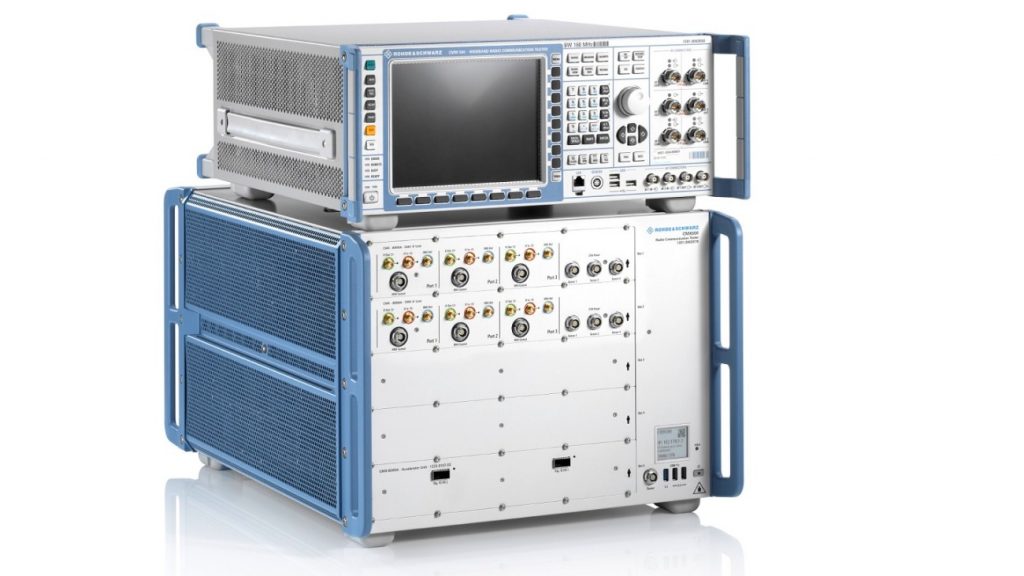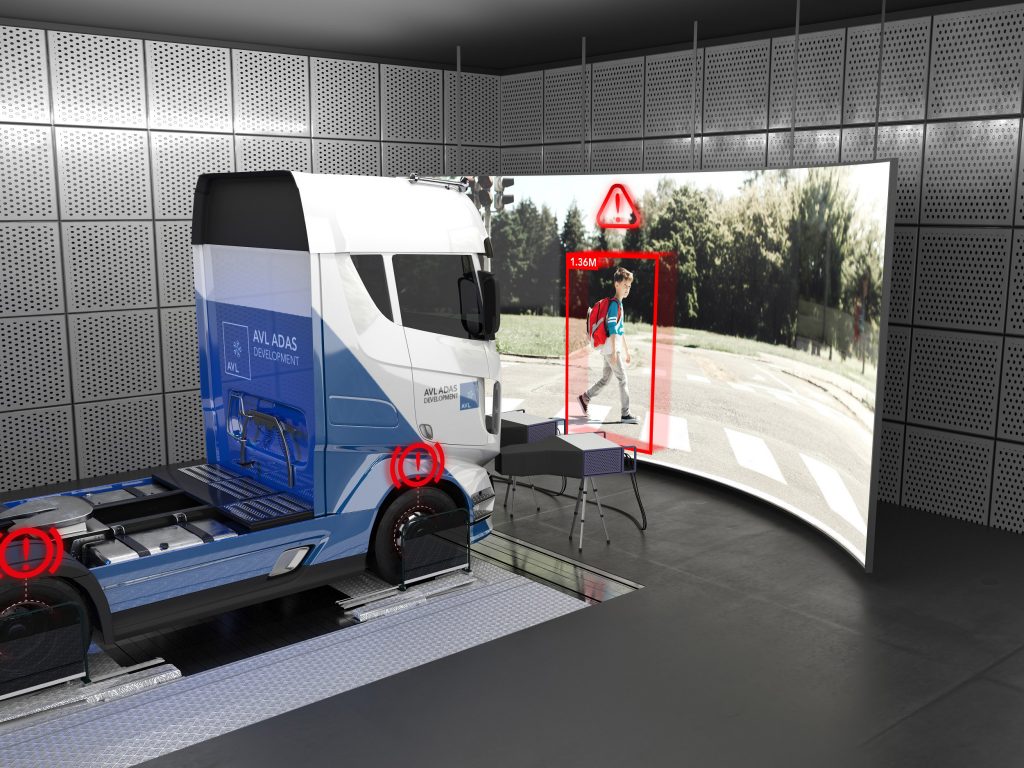Equipment manufacturer Rohde & Schwarz and testing specialist AVL have intensified their existing collaboration, following the integration of a Rohde & Schwarz radar test system into the AVL DrivingCube toolchain. This, they say, creates new possibilities for testing radar-enabled ADAS features and validating autonomous driving functions with a vehicle-in-the-loop testbed.
The validation of complex AD and ADAS functions such as emergency braking, adaptive cruise control and highway chauffeur in all possible driving scenarios and environmental conditions requires huge amounts of functional and non-functional validation and can be risky when conducted on roads.
Additionally, the new challenges of automated driving means that conducting conventional real-world tests is often not feasible on roads. Instead, test methods are virtualized using an X-in-the-loop (XIL) approach such as the AVL DrivingCube.
AVL’s system combines both simulation and real vehicles on a chassis dynamometer and powertrain testbed. The company says this provides a new way to speed up the validation and approval process of ADAS and AD systems. The key element of this solution is operating the real vehicle in a virtual environment, taking into consideration all parts of the ‘sense, plan, act’ chain.
Connecting the virtual environment to the real built-in sensors requires cutting-edge simulation technology. The conditions are completely different to those of an isolated sensor lab – particularly for testbeds.
Following their work together on GNSS simulation, AVL and Rohde & Schwarz opted to collaborate on radar target simulation using the DrivingCube. The companies say the integration of a radar test system opens up a completely new range of possibilities for testing radar-enabled ADAS features and ensuring the safety of autonomous driving functions with vehicle-in-the-loop testbeds.
Innovative antenna array technology enables complex artificial objects to be generated for the radar sensors at variable distances and with variable radial velocity, size and azimuth – without physically moving antennas or devices. A responsive real-time interface and seamless integration into AVL’s virtual testing toolchain enable even challenging, complex and risky driving scenarios to be generated and tested.
The system is claimed to be fully futureproof thanks to a modular and scalable concept. This means that the same testbed can be used for tests of all types of vehicles with a different number of radar sensors and numerous sensor variants.



